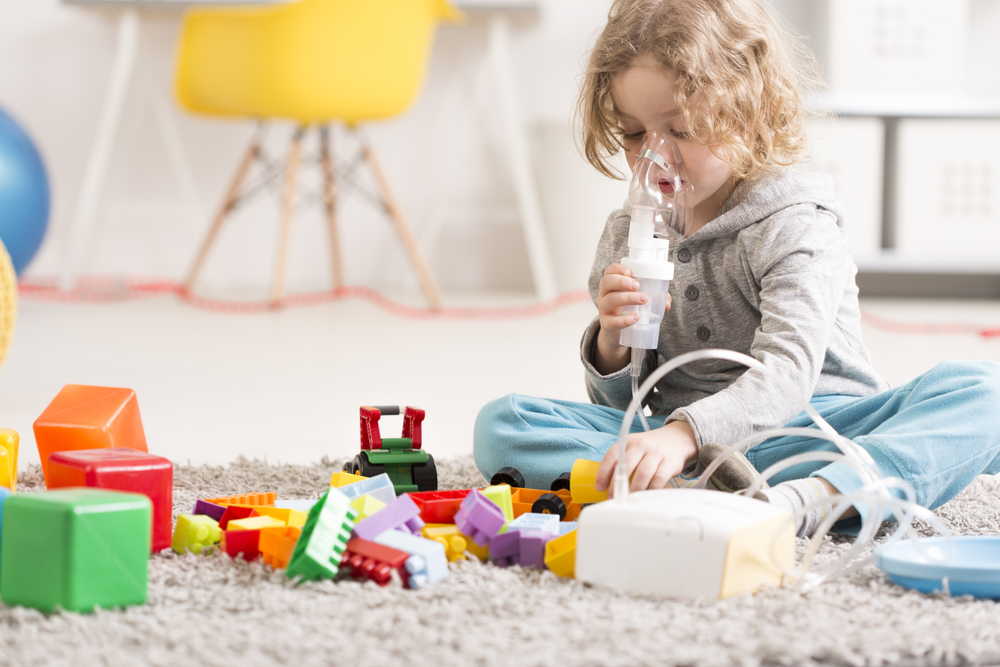Calls for Ukraine
Calls for Europe
Calls for USA

Antibiotic therapy immediately after birth to treat confirmed infection is associated with an increased risk of atopic dermatitis in later childhood, and antibiotic use in early childhood is associated with the development of atopic dermatitis and bronchial asthma with the need for inhaled corticosteroids.
“Antibiotics are among the most commonly used medications in children. Intravenous antibiotics are prescribed to 2-42% of all newborns, and by the age of two, children on average receive nearly three courses of antibiotics. Despite the vital importance of antibiotics, exposure to them at an early age can also have detrimental effects,” writes lead researcher Santeri Räty, MD, PhD, of the Department of Paediatrics at the University of Turku (Finland).
Räty and colleagues collected data in a cohort of 11,255 children from medical records and national registers and analysed the association between early antibiotic exposure and disease outcome using a logistic regression method taking into account comorbidities.
Overall, 1,255 (11.2%) children were exposed to antibiotics within the first 14 days of life. About half of these children received empirical antibiotic therapy after which the infection was cleared, and in the remaining children, the average duration of antibiotic therapy was 7 days. A total of 1,777 (15.8%) children received antibiotic therapy after the newborn period but before 6 months of age.
The researchers found that antibiotic therapy during the neonatal period prescribed for a confirmed infection was associated with the later development of paediatric atopic dermatitis. Antibiotic therapy after the neonatal period but before 6 months of age was used more frequently in children who were subsequently diagnosed with atopic dermatitis, bronchial asthma, and use of inhaled corticosteroids.
The researchers examined other potential factors that may influence these outcomes. They found that a maximum plasma CRP concentration during the first week of life was not associated with an increased risk of developing atopic dermatitis, asthma, or use of inhaled corticosteroids later in childhood.
“Interdisciplinary research is needed to clarify the possible causal mechanisms underlying these associations. It is important to remember that antibiotic therapy is vital to the care of sick newborns and infants, but we must be mindful of its potentially harmful long-term effects. Improved tools to accurately identify newborns and infants in need of antibiotic therapy and new interventions to minimize risks in at-risk children are needed,” Räty and colleagues concluded.
Source: European Journal of Pediatrics
Please rate the work of MedTour
